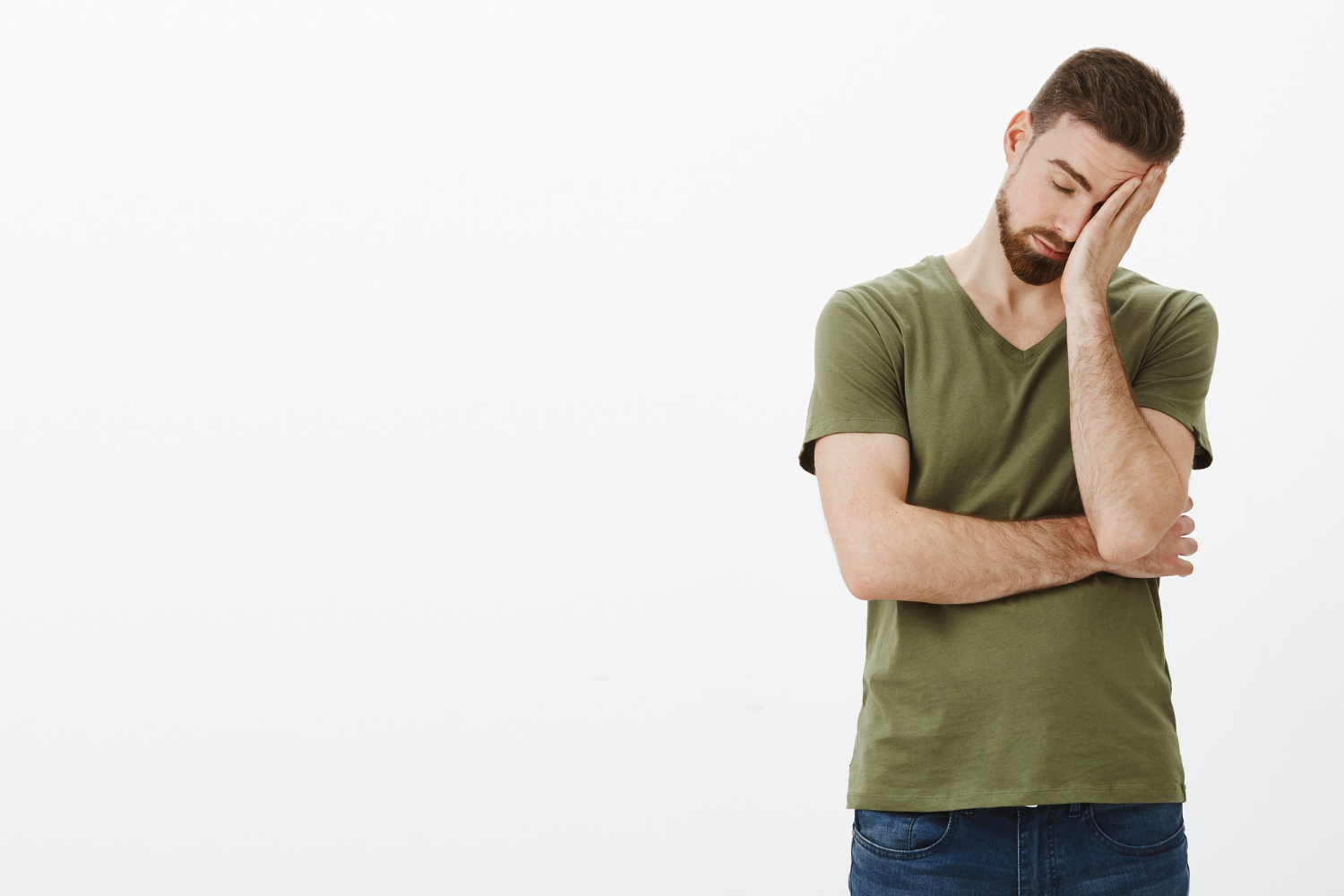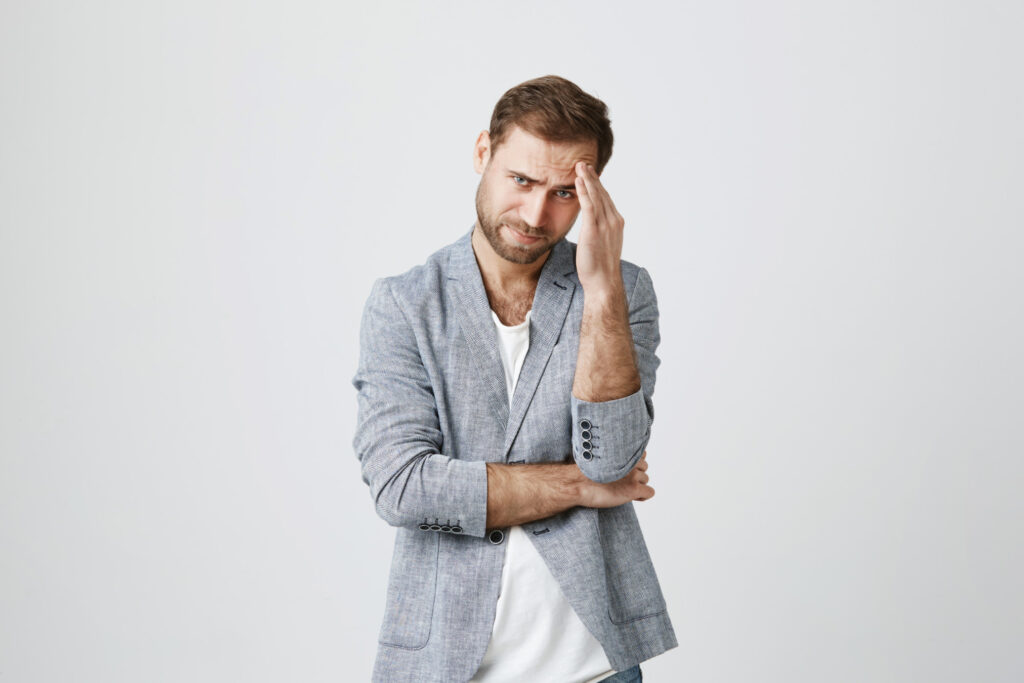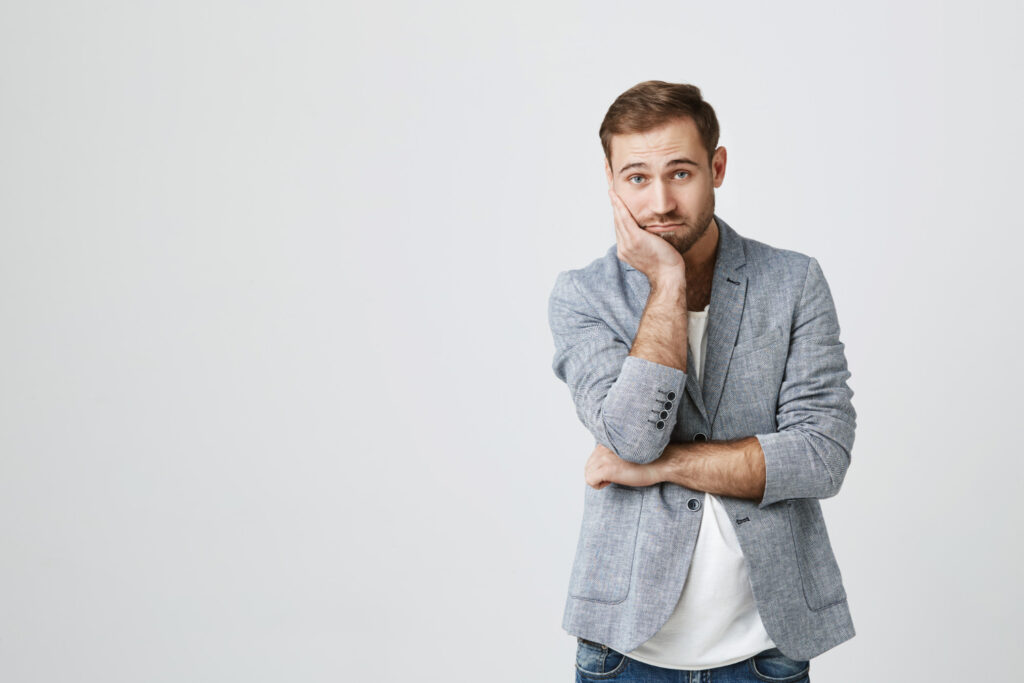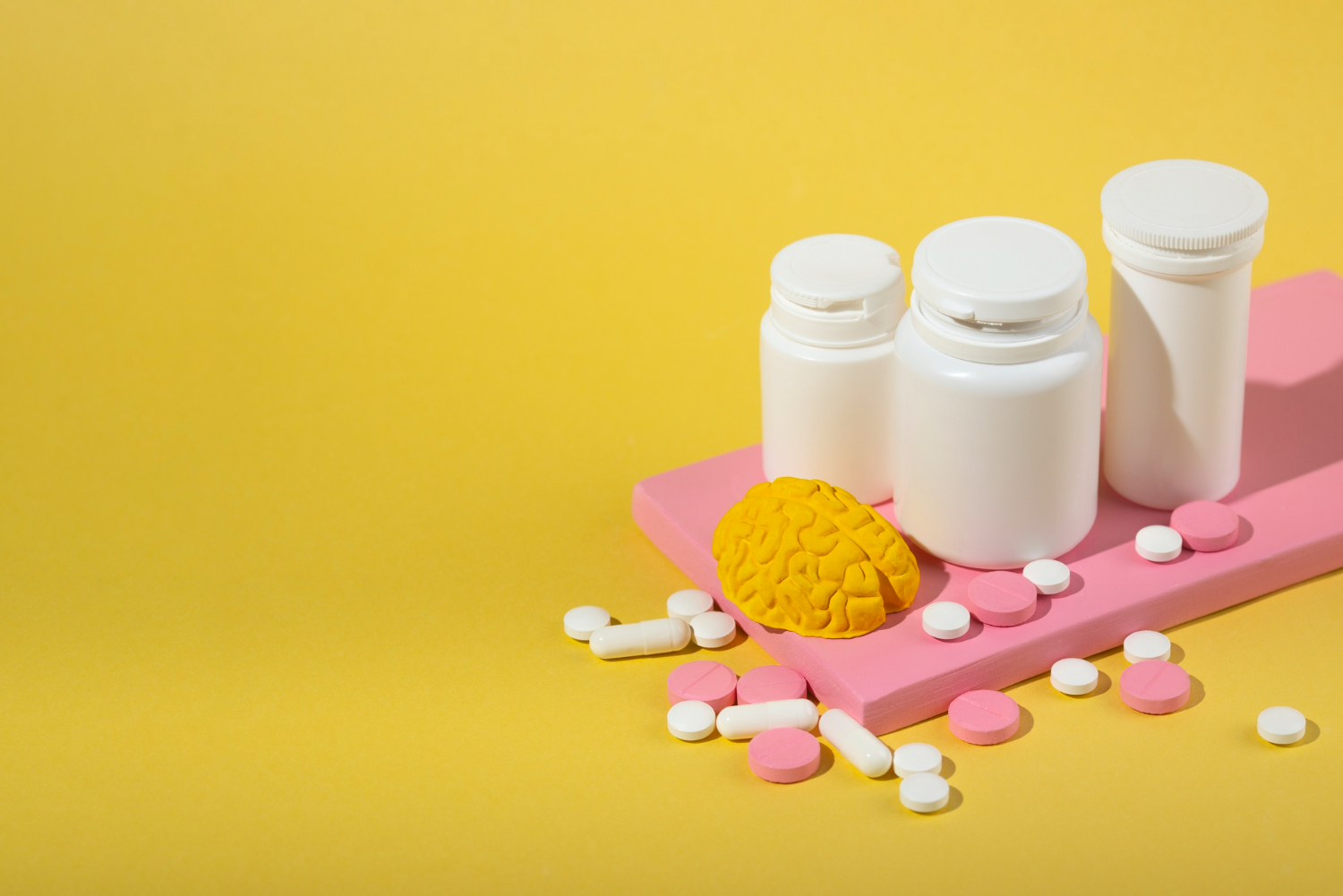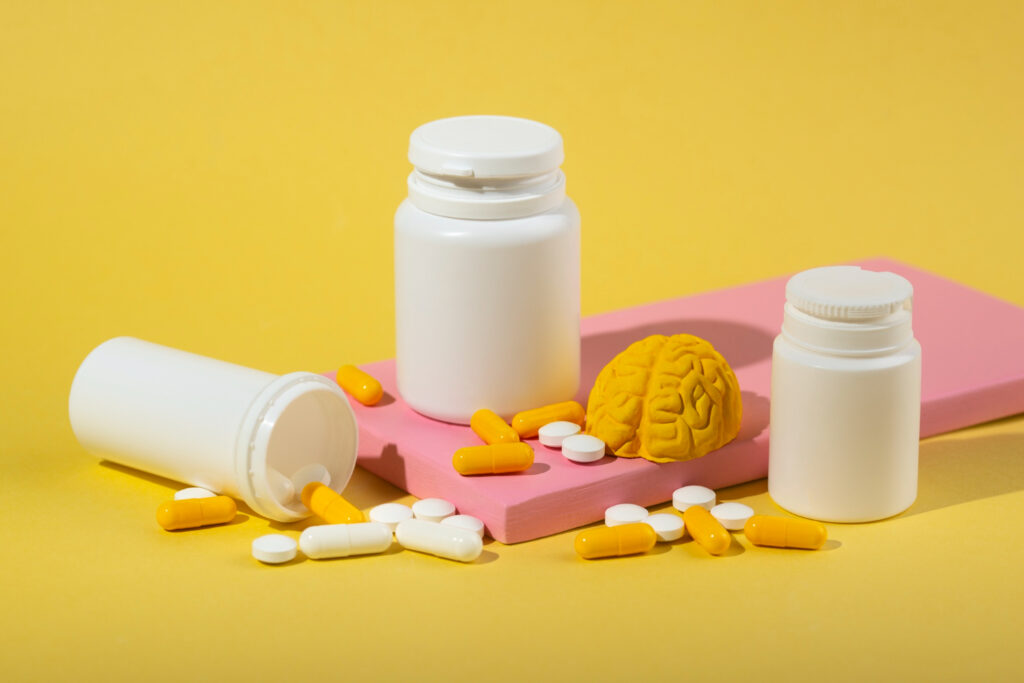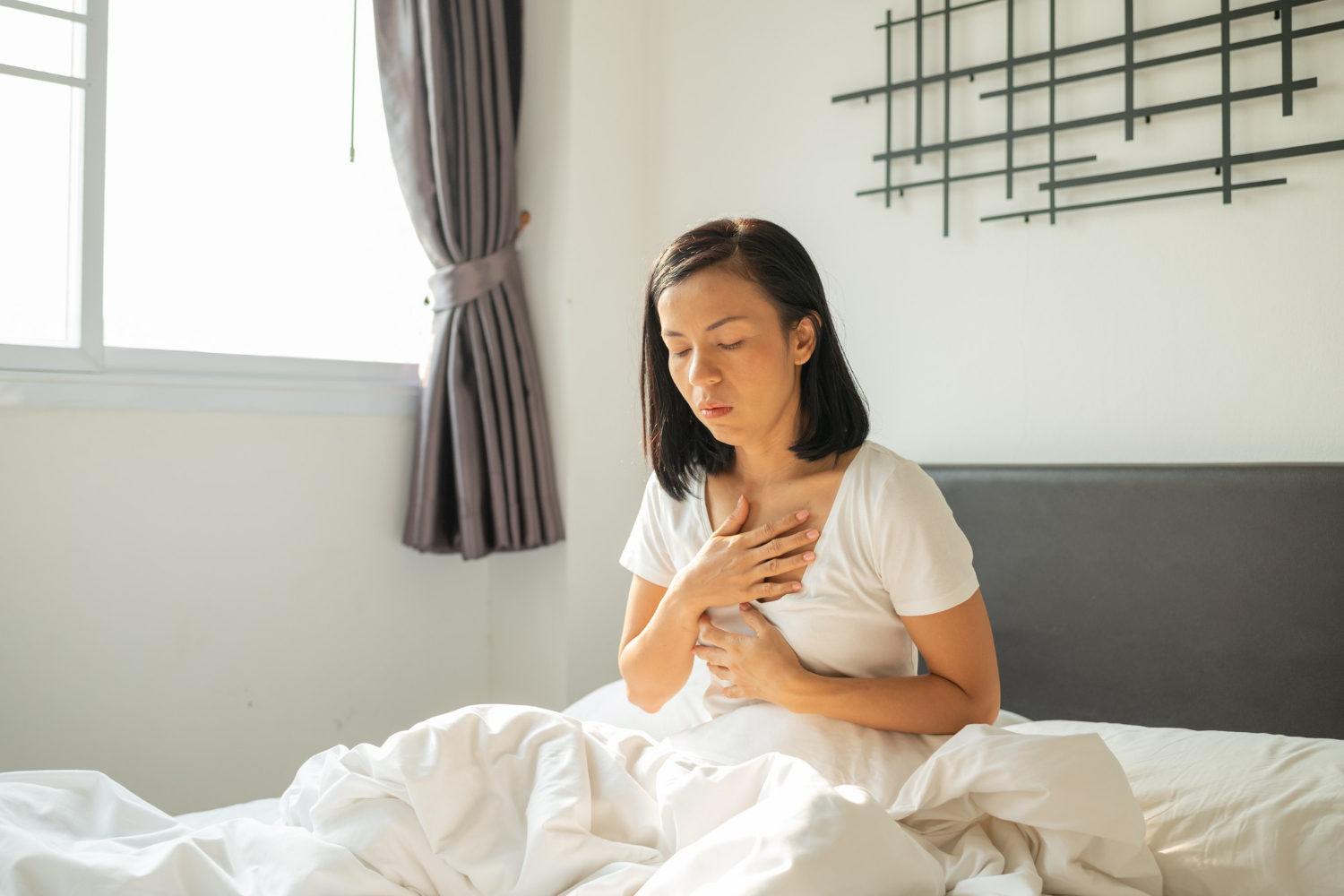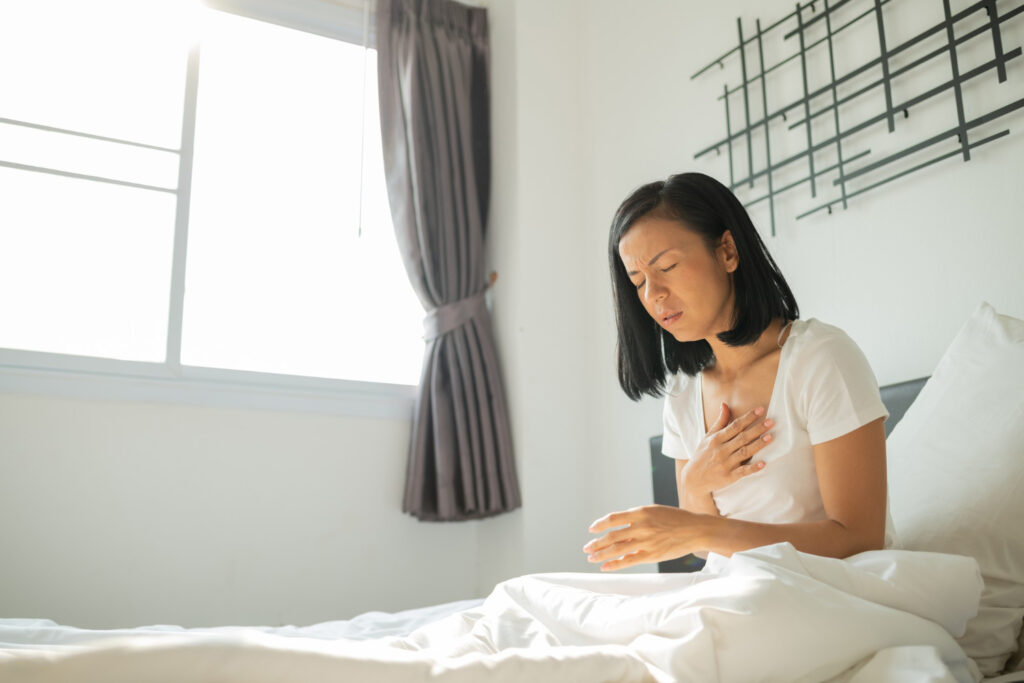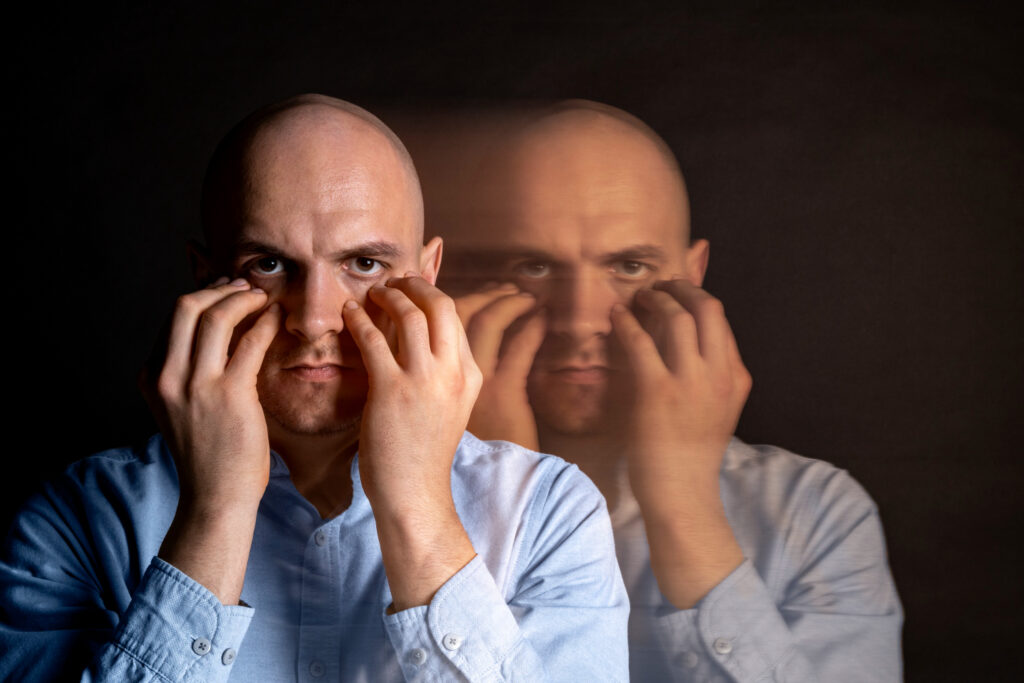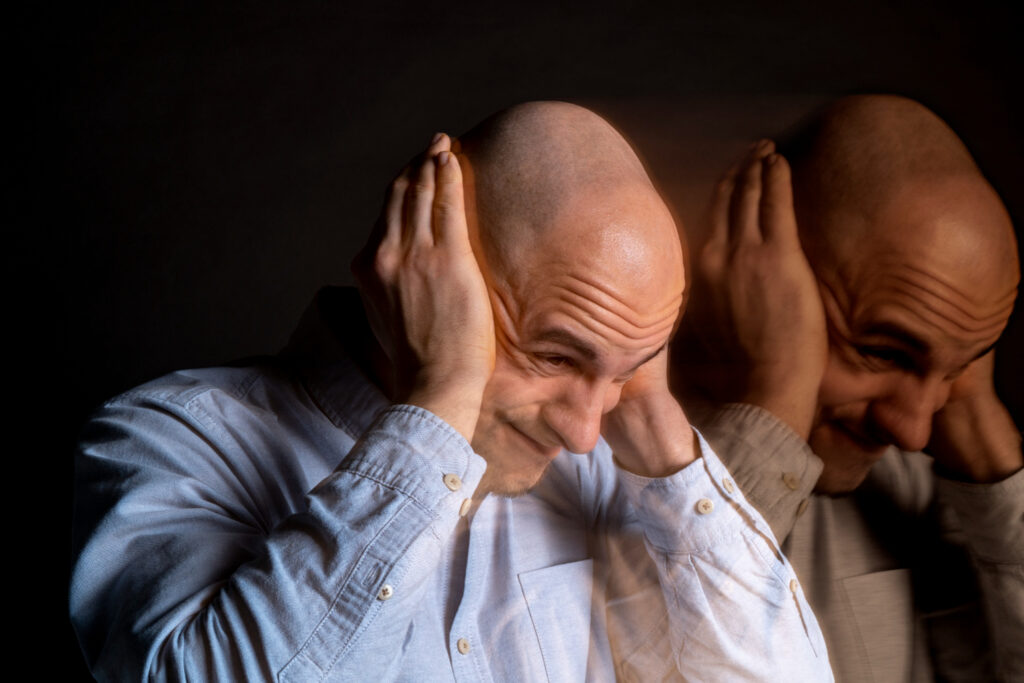Men also experience periodic hormonal changes
Do men also experience periodic hormonal changes?
It is believed by many that only women tend to undergo hormonal fluctuations and mood swings but research has proved otherwise because for some interval time, men too tend to go through hormonal changes. Such modifications that are referred to by some experts as menstrual syndrome or male irritability syndrome (IMS). It may also influence mood, energy, ability to focus and even personal relations. In this paper I will make a scientific study of this phenomenon and consider its symptoms, causatives and measures involved.
Men’s menstrual sickness: fact or myth?
Menstrual sickness is a phrase used to describe periodic changes in men and these involve their hormonal displays that remain capable of influencing mood and physical performance. As opposed to the monthly and consistent menstrual period that women experience, the fluctuation of the hormones in men is not patterned to a specific time and occurs based on different factors, including stresses, lifestyle, diet, and age.
1- Symptoms of menstrual illness
Research has revealed that there are men who have their symptoms at specific days on the month or year which are:
- Chronic fatigue: feeling lethargic and low in energy for no apparent reason;
- Sleep disturbance: insomnia or excessive sleepiness for no apparent reason;
- Mood changes: increased irritability, feelings of depression or decreased motivation;
- Decreased concentration and memory: inability to concentrate on daily tasks or decreased mental performance;
- Decreased libido: Changes in testosterone levels can affect libido.
2- Is this phenomenon real?
Other researchers claim that this happens as a result of testosterone and other male hormones fluctuations. The primary male hormone is testosterone which is instrumental in controlling the energy, mood and performance measures. Low testosterone in women may result in the premenstrual syndrome (PMS) like symptoms. Nonetheless, other experts assume Hormonal regular, But is modified more by the aspects of reading and environmental psychologically. Such symptoms, for instance, might be caused by chronic stress, sleep deprivation, and unbalanced diet.
3- How can you tell the difference between normal changes and hormonal problems?
- When symptoms are not only observed periodically but also with certain intervals, they are most likely to be resulted in the hormonal changes.
- In case it comes to be chronic, and living conditions are adversely impacted, an endocrinologist or psychologist should be consulted.
- Venous blood tests performed to evaluate your testosterone levels and hormone levels may help.

Hormones on the Battlefield: Testosterone and Its Oscillations
Testosterone is among the most significant gender hormones that influence mood, energy, libido, and overall health of men. The production of this hormone varies, depending on time and even season. These ups and downs are easier to understand, and its knowledge can better cope with mood and physical changes.
1- Why do testosterone levels change?
Testosterone varies due to many reasons which include:
- Aging: As we age, testosterone levels naturally decrease.
- Circadian rhythm: Testosterone levels are higher in the mornings and decrease throughout the day.
- Poor nutrition: Consuming too much sugar and unhealthy fats can disrupt testosterone production.
- Lack of sleep: Insufficient sleep can upset hormonal balance and lower testosterone levels.
- Stress and anxiety: Chronic stress can lower testosterone levels, causing fatigue and irritability.
2- Symptoms of low testosterone
Low testosterone can cause a variety of symptoms, including:
- Decreased concentration and cognitive function;
- Decreased motivation and feelings of depression;
- Weight gain and loss of muscle mass;
- Decreased energy and constant feeling of fatigue;
- Decreased libido and sexual dysfunction.
3- Is it beneficial to take testosterone supplements?
Severe cases of the deficiency may see the doctors prescribing to the patient testosterone replacement therapy (TRT) in men. However, the uncontrolled use of testosterone supplement can cause side effects, such as the risk of having heart diseases, a reduction of natural testosterone levels, and metabolic disorders.
Scientific Strategies for Controlling Hormonal Changes
Men may experience severe mood changes, a drop in energy, and impaired everyday performance due to the changes in hormones. On a positive note, these changes can be controlled by adopting lifestyle changes and adhering to the scientific suggestions, thus minimizing their adverse outcomes.
1- Healthy and balanced eating
Hormone levels such as testosterone are directly affected by diet. The balance of hormones can be assisted through some food:
- Zinc-rich foods: Red meat, nuts (walnuts, almonds), eggs, and legumes play an important role in testosterone production.
- Healthy fats: Olive oil, avocados, nuts, and fatty fish (such as salmon) help maintain hormonal balance.
- Vitamin D: Sunlight, eggs, and dairy products are good sources of this vitamin, which plays a role in regulating testosterone.
- Avoid refined sugars and processed foods: These substances can lead to weight gain and low testosterone.
2- Exercise and physical activity
One of the best methods of balancing the hormones and minimizing the impact of testosterone changes is exercising:
- Resistance training (weightlifting): This type of exercise naturally increases testosterone.
- Aerobic exercise: Running, swimming, and cycling can reduce stress and help with hormonal balance.
3- Adequate and high-quality sleep
Sufficient and routine sleeping affects hormone balance considerably. Sleep deprivation may cause low testosterone and stress. Conducting: To enhance sleep quality:
- Keep the bedroom cool and dark.
- Get between 7 and 9 hours of sleep a night.
- Avoid blue light on your phone and TV before bed.
4- Avoiding alcohol and tobacco consumption
The influence of alcohol and tobacco on the levels of testosterone is very negative. By removing these substances, it is possible to restore the activity of the hormones and raise energy levels.

Frequently Asked Questions About Men’s Menstrual Sickness
This is the main organizational part where I will address the most frequently asked questions related to hormonal fluctuations in men and their consequences regarding the everyday life.
1- Do all men experience periodic hormonal fluctuations?
Yes, yet to different people it is more pronounced. The changes may be minor till there are changes in some men and the change in others can be more severe. These fluctuations depend, in part, on age, lifestyle, stress levels, and genetics.
2- How do I know if I have hormonal fluctuations?
In case you have observed mood swings and low energy, reduced sex drive, and inability to focus, you are likely to have changes in testosterone. A blood test will help in finding a more correct diagnosis by using your level of testosterone.
3- Can testosterone fluctuations affect social relationships?
Yes, low testosterone may provoke irritability, depression, and loss of interest, which, in turn, can spoil personal and professional relations. It will be more beneficial to be aware of these changes and manage them and elevate the quality of relationships.
4- Are there any medications to treat this problem?
Testosterone replacement therapy (TRT) may be suggested by physicians in certain courses. Yet, this method is appropriate only to those individuals who have a severe lack of testosterone. The most desirable way of managing these fluctuations is through lifestyle changes.
5- Are hormonal changes dangerous in men?
These alterations are normal in majority of the cases and they are not dangerous. Nevertheless, when the symptoms begin to be serious and to deteriorate the quality of life, one should visit a doctor.
6- How can I explain this problem to my spouse or family?
By talking about this issue clearly and making people aware of it, one will be able to understand people and support them better. One should utilize valid scientific materials and follow them in this field.
Final Thoughts
Studying the changes in hormones in a man is one of the ways to achieving physical and psychological wellness. These changes may be tough, but with a careful mind and lifestyle control and healthy practices, the impact will be reduced. When you sense that these changes have influenced your quality of life, it is necessary to address to your doctor who could contribute to making a more correct diagnosis and offer adequate solutions. The greatest point is that the body is the dynamic and variable system and with appropriate care one can expect the best performance out of the body. It is, therefore, an effective step to take today to improve or maintain your health, which involves making positive changes.
Resources


